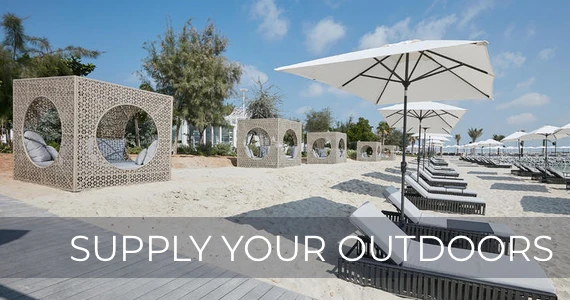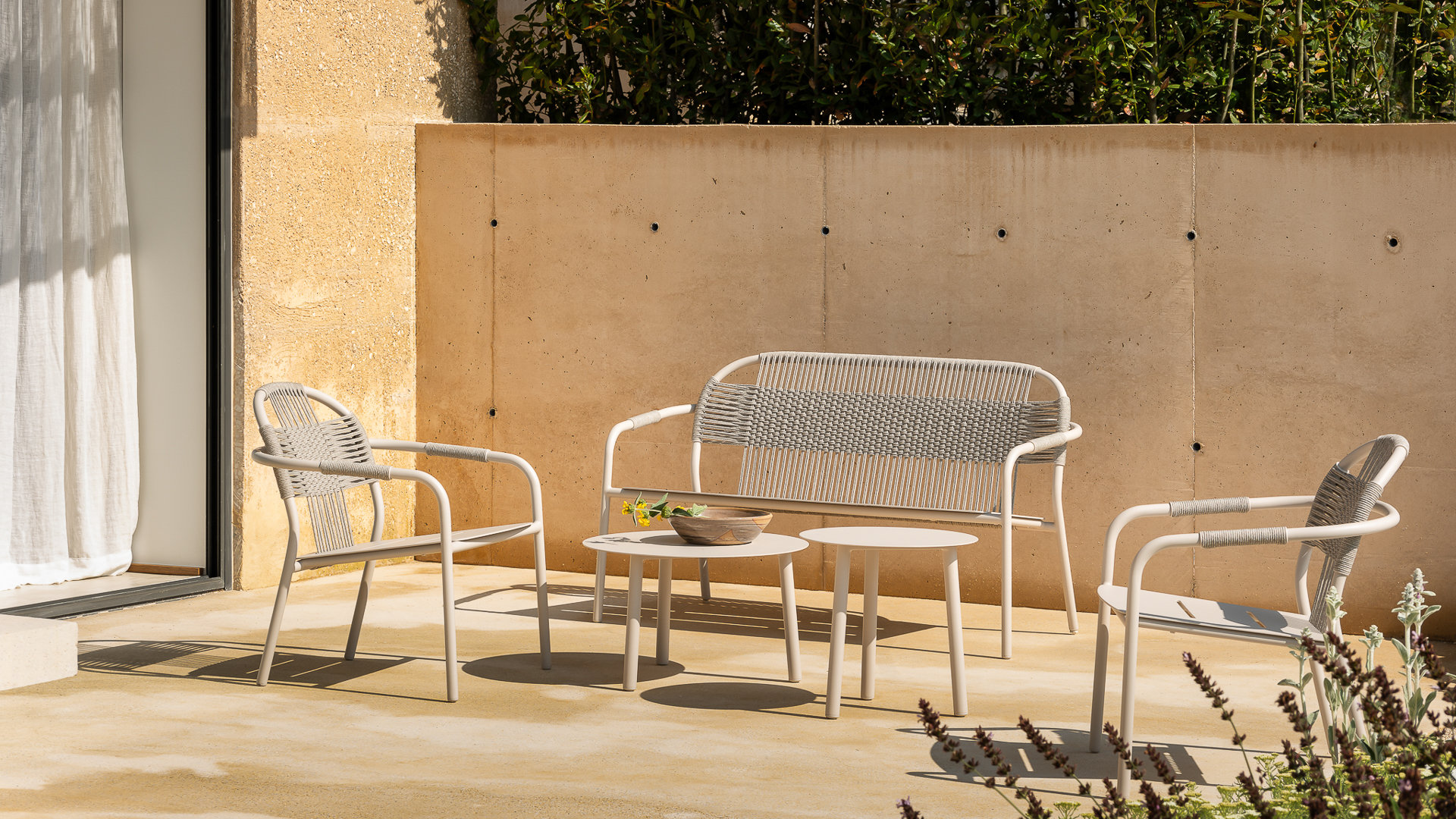
The outdoor furniture industry faces a multitude of sustainability challenges, ranging from the short life-span of products to ensuring responsible production practices. In recent years, consumers have become increasingly aware of the environmental impact of their purchasing decisions, leading to a growing demand for eco-friendly and sustainable options. However, meeting these demands requires addressing complex issues within the industry.
The Short Life-span Dilemma: Tackling Product Longevity
One of the most significant challenges in the outdoor furniture sector is the short life-span of products. Many outdoor furniture items are designed to be replaced frequently, contributing to a cycle of waste generation. This disposable mindset not only strains environmental resources but also increases carbon emissions associated with manufacturing and transportation.
To combat this issue, manufacturers are exploring innovative design strategies aimed at extending product life-cycles. This includes using durable materials such as recycled plastics, reclaimed wood, and powder-coated metals that withstand outdoor elements and require minimal maintenance. Additionally, modular designs allow for easy repairs and updates, further prolonging the lifespan of outdoor furniture.
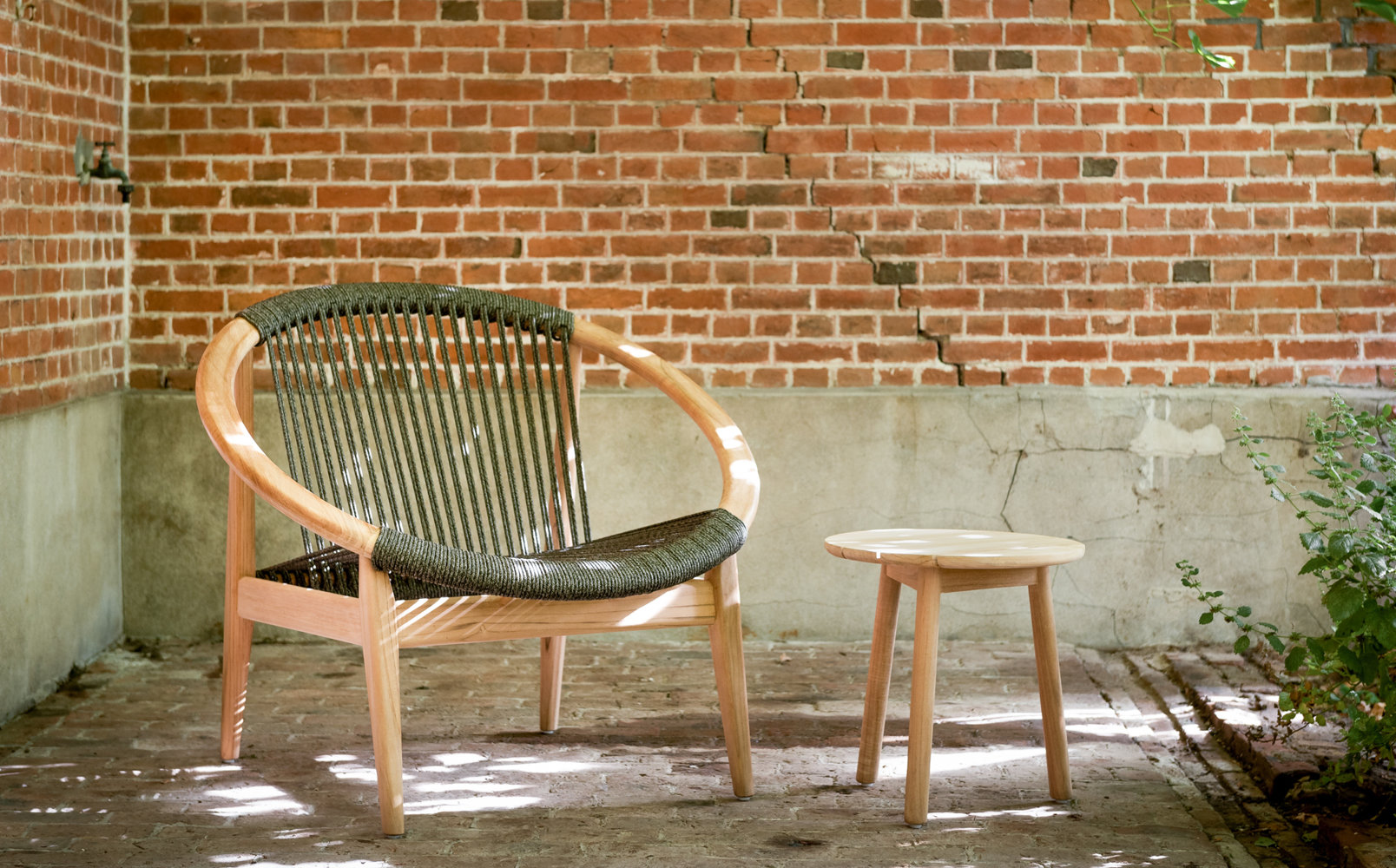
Building Responsibly: Prioritizing Sustainable Production
Responsible production practices are another crucial aspect of sustainability in the outdoor furniture industry. From raw material sourcing to manufacturing processes, companies must prioritize environmental and social responsibility. This involves minimizing resource extraction, reducing energy consumption, and ensuring fair labor practices throughout the supply chain.
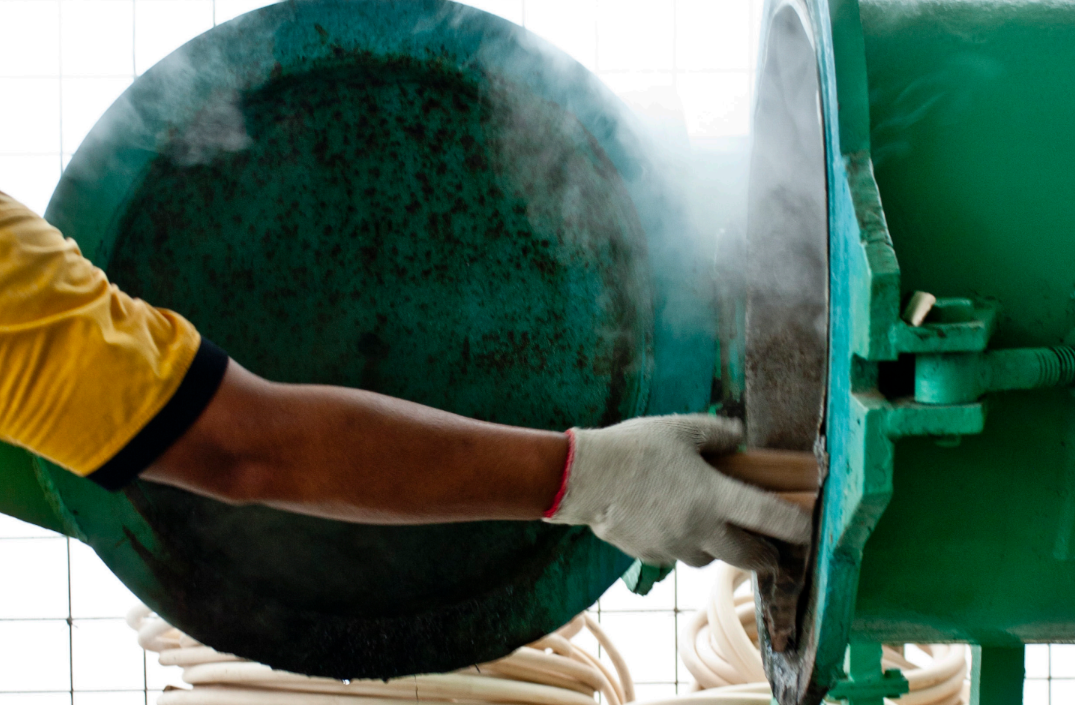
Certifications: Ensuring Transparency and Accountability
Certifications play a vital role in verifying sustainable practices within the industry. Organizations like the Forest Stewardship Council (FSC) certify wood products sourced from responsibly managed forests, while the Global Organic Textile Standard (GOTS) ensures eco-friendly production of outdoor fabrics. By obtaining these certifications, manufacturers can demonstrate their commitment to sustainability and provide consumers with transparent information about their products’ environmental impact.
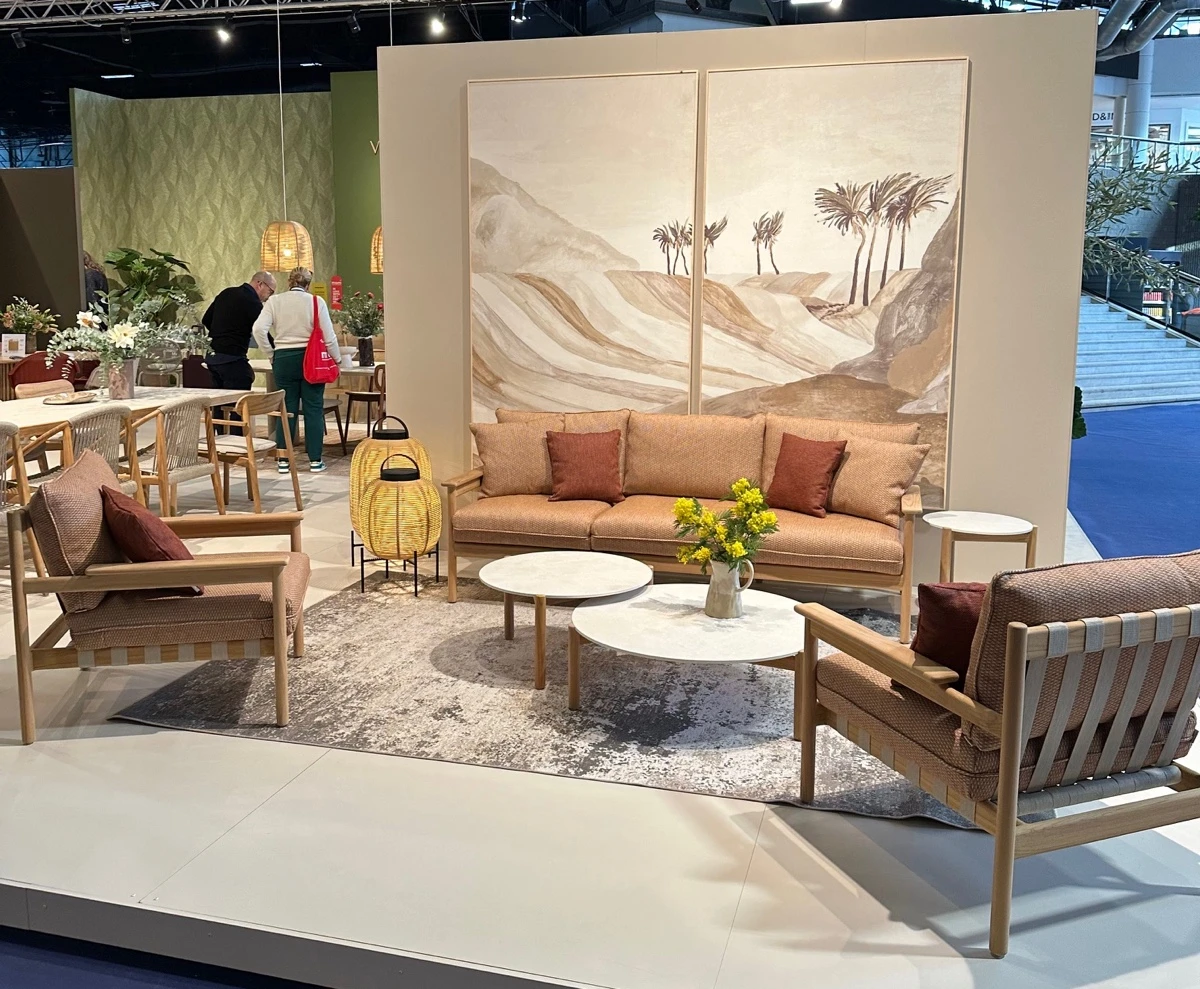
United Nations Sustainable Development Goals: A Guiding Framework
Moreover, adherence to the United Nations Sustainable Development Goals (SDGs) has become a guiding principle for many companies in the outdoor furniture industry. The SDGs encompass a wide range of social, economic, and environmental objectives aimed at promoting global sustainability. By aligning their operations with these goals, businesses can contribute to broader efforts to combat climate change, reduce inequality, and promote responsible consumption and production.
Promoting Health and Well-being: SDG 3 in Outdoor Furniture
For example, SDG 3 focuses on good health and well-being, emphasizing the importance of access to quality healthcare and promoting healthy lifestyles. In the context of outdoor furniture, this could involve designing products that encourage outdoor activities and relaxation, thereby promoting physical and mental well-being among consumers.
Advancing Responsible Consumption and Production: SDG 12 Focus
Furthermore, SDG 12 calls for responsible consumption and production, urging companies to minimize waste generation and adopt sustainable practices throughout their value chain. By prioritizing durability, recyclability, and resource efficiency, outdoor furniture manufacturers can help advance this goal while meeting consumer demand for eco-friendly products.
Fostering Decent Work and Economic Growth: SDG 8 in Action
Additionally, SDG 8 highlights the importance of decent work and economic growth, emphasizing the need for fair labor practices and inclusive employment opportunities. By ensuring fair wages, safe working conditions, and opportunities for skill development, outdoor furniture manufacturers can support sustainable livelihoods and promote social equity within their workforce.
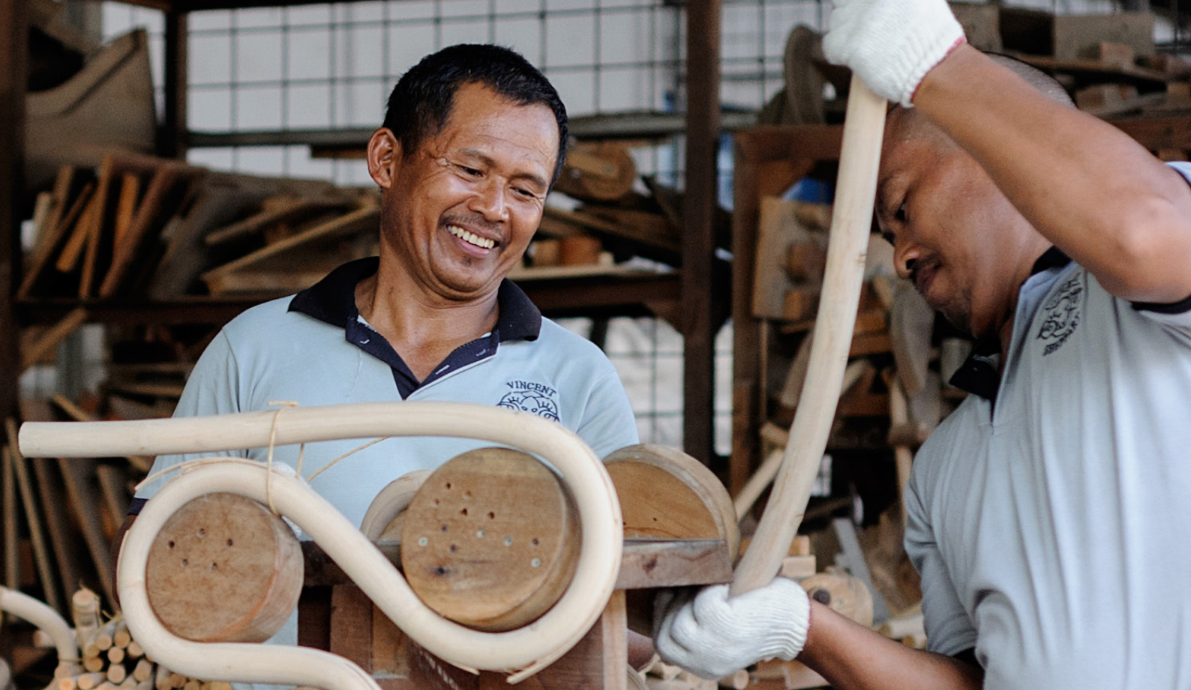
Conclusion: Paving the Way to a Sustainable Future
In conclusion, the outdoor furniture industry faces numerous sustainability challenges, including the short life-span of products, responsible production practices, certification requirements, and alignment with the SDGs. However, by prioritizing durability, eco-friendly materials, and transparent supply chains, companies can overcome these challenges and contribute to a more sustainable future for both consumers and the planet. Through collective action and innovation, the outdoor furniture industry has the potential to lead the way towards a more environmentally conscious and socially responsible future.


